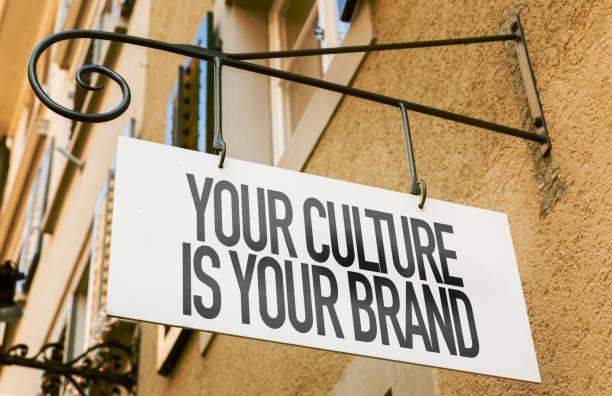YOUR CULTURE YOUR BRAND- How do family structures and social roles differ across cultures? By Hugo Keji

Family structures and social roles differ significantly across cultures due to varying historical, religious, economic, and social influences.
Below is an overview of how these differences manifest:
1. Types of Family Structures
- Nuclear Family: Common in Western cultures, a nuclear family consists of two parents and their children. This structure is often associated with individualism, where personal independence is highly valued.
- Extended Family: In many non-Western cultures, extended families are more common, including multiple generations living together or in close proximity. This structure emphasizes collectivism, where family obligations and group harmony are prioritized.
- Single-Parent Families: Increasing in both Western and non-Western cultures due to rising divorce rates and changing social norms.
- Polygamous Families: Found in certain African, Middle Eastern, and South Asian cultures, where one person (typically a man) has multiple spouses.
2. Roles within the Family
- Gender Roles: In many traditional cultures, there is a clear division of labor based on gender. Men are often seen as providers and protectors, while women are responsible for child-rearing and household management. However, this is changing in many societies due to economic shifts and the global women's rights movement.
- Elderly Roles: In cultures such as those in Asia and Africa, the elderly hold significant authority and are often revered for their wisdom. In contrast, Western cultures may place less emphasis on the elderly’s role in decision-making, sometimes leading to different living arrangements like retirement homes.
- Children's Roles: In some cultures, children are expected to contribute to the family’s economic well-being from a young age, especially in agrarian societies. In contrast, Western cultures often emphasize education and personal development during childhood.
3. Marriage and Kinship
- Arranged Marriages: Common in South Asian, Middle Eastern, and some African cultures, where marriages are arranged by families to ensure social, economic, and cultural compatibility.
- Patrilineal and Matrilineal Societies: In patrilineal societies, inheritance and family name are passed through the male line (e.g., many Asian and African societies). In matrilineal societies, the opposite occurs, as seen in some Indigenous cultures and the Mosuo people of China.
- Monogamy vs. Polygamy: Monogamy is the standard in most Western cultures, whereas polygamy is accepted and practiced in some African, Middle Eastern, and South Asian cultures, often influenced by religious beliefs.
AfriPrime App link: FREE to download...
https://www.amazon.com/Africircle-AfriPrime/dp/B0D2M3F2JT
4. Community and Social Roles
- Collectivism vs. Individualism: In collectivist cultures (e.g., East Asia, Africa, Latin America), the needs of the community and family are prioritized over individual desires. In individualistic cultures (e.g., North America, Western Europe), personal goals and autonomy are often emphasized.
- Role of Religion: In some cultures, religion plays a central role in defining family structures and social roles (e.g., Islam’s influence in the Middle East). In secular cultures, these roles may be more fluid and influenced by other social factors such as economics or politics.
5. Impact of Globalization
- Cultural Exchange: Globalization has led to the blending and borrowing of family structures and social roles across cultures. For example, the concept of the nuclear family is spreading in non-Western cultures, while Western cultures are increasingly recognizing the value of extended family networks.
- Changing Norms: As cultures interact, norms around gender roles, marriage, and family responsibilities are evolving, often leading to tension between traditional practices and modern values.
6. Challenges and Adaptations
- Migration: Immigrant families often face challenges in balancing their traditional family structures and roles with those of the host culture, leading to unique hybrid forms.
- Economic Pressures: Economic factors, such as the need for dual-income households, are reshaping traditional family roles across cultures, often leading to more egalitarian gender roles.
Conclusion
Family structures and social roles are deeply rooted in cultural, religious, and historical contexts, but they are not static. They adapt and change, influenced by global trends, economic shifts, and evolving social norms. Understanding these differences is crucial for appreciating the diversity and complexity of family life around the world.
AfriPrime App link: FREE to download...
Search
Nach Verein filtern
- Questions and Answers
- Opinion
- Story/Motivational/Inspiring
- Technology
- Art
- Causes
- Crafts
- Dance
- Drinks
- Film/Movie
- Fitness
- Food
- Spiele
- Gardening
- Health
- Home
- Literature
- Music
- Networking
- Other
- Party
- Religion
- Shopping
- Sports
- Theater
- Wellness
- News
- Culture
- War machines and policy
Read More
'They knew' - fury of Libyans that warnings went unheeded before flood
FAILED STATE DUE TO NATO INVASION OF LIBYA.
"They knew."
When hydrologist Abdul Wanis...
Recruitment Process Outsourcing Market Growth: Transforming Hiring Strategies 2024-2030
Recruitment Process Outsourcing (RPO) Market Overview:
Maximize Market Research is a...
Exploring Clinical-Grade Wearable Device Market Opportunity, Latest Trends, Demand, and Development By 2028
The recent analytical report published by Markntel Advisors (a leading consulting, data...
Global Automotive Valves Market Size, Share, Key Drivers, Growth Opportunities and Global Trends 2032
The global Automotive Valves Market is expected to reach USD 41.88 Biliion by the end of 2032,...
Smart Contract Auditing for MLM Platforms: Why It Matters
Smart contracts are transforming MLM platforms by automating payments, commissions, and rewards....

